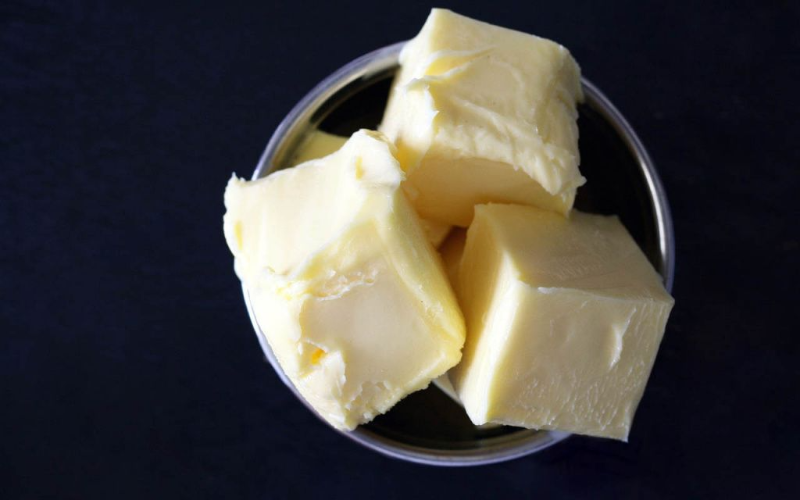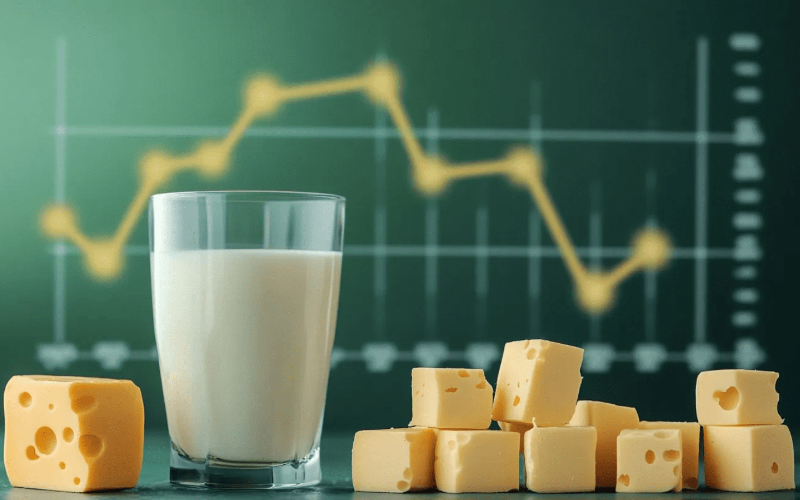Kiwi Butter Shock: Why Your Spreads Cost a Fortune

The recent surge in butter prices in New Zealand has sparked widespread concern, with consumers questioning why an essential product from a major dairy exporting nation has become so expensive. Despite New Zealand’s significant role in the global dairy market, domestic butter costs have risen dramatically, making it a key topic in discussions about food inflation and dairy economics.
A primary driver behind the high domestic butter prices is the principle of export parity pricing. Because New Zealand is a dominant dairy exporter, local prices for dairy commodities like butter are heavily influenced by strong international demand and global market prices.
Another significant factor contributing to the elevated cost is the underlying milk price. The raw milk collected from dairy farms is a global commodity, and its value is determined by international supply and demand for various dairy products, including whole milk powder, skim milk powder, and butter.
Beyond the farm gate and global market, the final price consumers pay in supermarkets is also influenced by retailer margins and other operational costs. Local processing, packaging, transportation, and supermarket overheads all add to the base cost. While global prices set a high foundation, the various stages within the domestic dairy supply chain further contribute to the high retail price point for butter.
For the international dairy community, the situation in New Zealand serves as a clear illustration of how global market forces dictate domestic dairy product prices in major exporting countries. It highlights the complex balance between supporting dairy farmers through strong export revenues and managing consumer expectations and affordability at home, a challenge familiar to many nations deeply integrated into the global agribusiness landscape.












